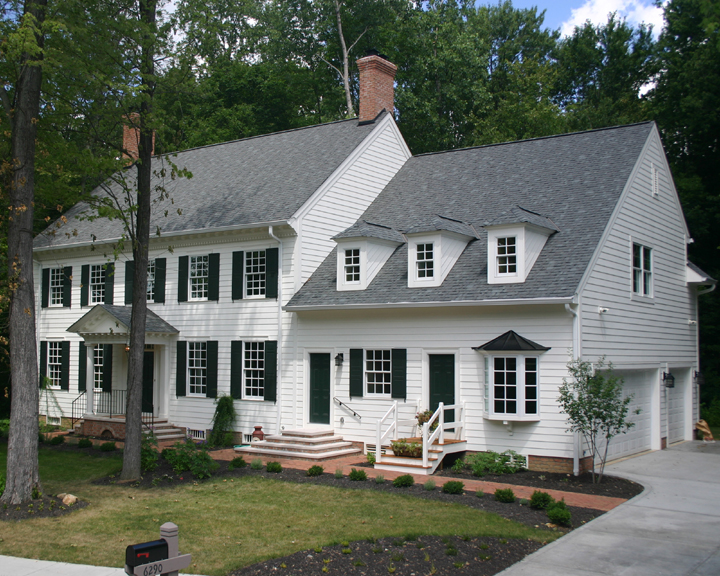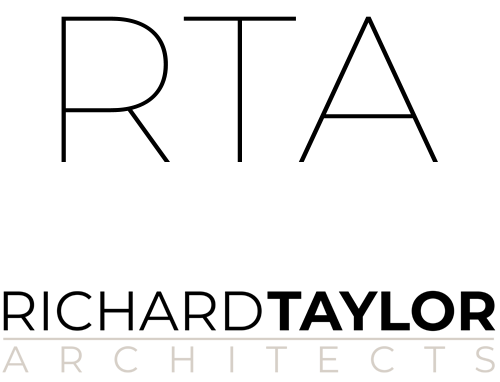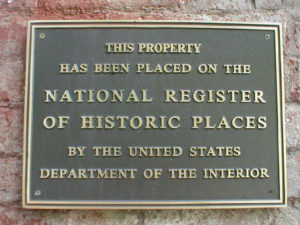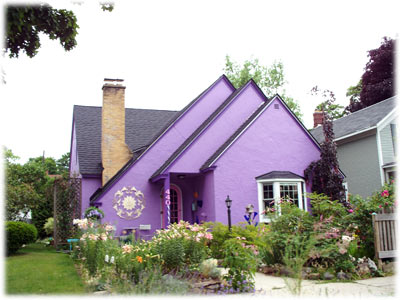
How To Get A Design Review Board to Approve Your New Home or Remodeling Project
If you’re planning on building a custom home in a new development or remodeling a home in an older neighborhood, you’ll likely to find you need to get approval from a design review board.
Design review boards go by different names; ARB (Architectural Review Board), DRC (Design Review Committee), ARC (Architectural Review Committee) and others.
They’ve been called less flattering names, too, by homeowners whose proposals don’t get favorable treatment from the board.
But design review serves an important function in maintaining character, consistency, and property values in neighborhoods where it is used and should be seen as something that works in every homeowner’s favor.
Why Architectural Review Boards Exist
When you live in an architecturally restricted area, you’re not the only “owner” of your house. The look of your house, and the role that it occupies in the fabric of your neighborhood are “owned”, in part, by the community.
That’s a hard concept to swallow for some homeowners. But if you keep in mind that it’s probably the character of the neighborhood that attracted you to it in the first place, you’ll begin to understand why the whole community has a stake in the appearance of your home.
You have to share that character and protect it for your neighbors, just as they protect theirs for you.
Organized design review exists to help protect your investment, and to help you to develop your property in a way that protects the investments of your neighbors.
What do Review Boards do?
Review boards come in two varieties, public and private, and they vary in what aspects of design and building they control. Some are informal and relaxed in what they review while others are very restrictive.
In historic neighborhoods for example, design review may be organized around guidelines published by the National Park Service that detail how to preserve and restore properties with historic significance.
In older but less historic areas, preserving history isn’t a much a concern as maintaining the unique character of the area. Often these areas are near the center of cities and have been through several cycles of redevelopment, each time losing valuable buildings forever.
“Losing” a building doesn’t necessary mean demolishing it; poorly conceived additions and remodeling projects can also obscure important parts of the neighborhood’s architectural fabric.
In new residential developments, the developers may start with a concept for the homes that includes a certain level of architectural design and detail, a palette of exterior materials, even a restriction on the architectural style of the homes in the development.
Different Types of Review Boards
Public boards are almost always made up of appointed citizens who preside over scheduled public meetings. These are usually municipal boards that oversee older, established neighborhoods. Proposed projects are submitted for inclusion on an agenda and the public is invited to comment.
The meetings are forums for give and take between the board and the homeowner and allow for projects to be reworked before a final vote is taken.
Newer developments engage in private design review. It is often done by a subcontracted architectural firm and is almost never in public view. Drawings are submitted whenever they’re ready, and they’re returned with or without comment at a later date.
But be careful – this type of review can be more difficult to navigate and shouldn’t be done without a clear idea of what is likely to be approved.
What to Expect from a Design Review
As a veteran of countless design review meetings for my own projects I’ve picked up a lot about how to and how not to present a project for review. And having been a member of several review boards (I currently serve on three), I’ve seen the good, the bad, and the ugly from the other side of the table many times.
Here’s some of what I’ve learned.
1. Read and understand the design guidelines.
Board members love projects that are easy to approve. If the project you want to build doesn’t address the guidelines or the character of the community it’ll be difficult to get it through. Remember that it’s the community – not just the board members – that wants the guidelines enforced.
This is an important key if you want to get approval from a design review board.
2. Look at other approved projects in your neighborhood.
If every home in your neighborhood is a Prairie-style ranch, the two-story Colonial you want to build is probably a long shot.
Same goes for paint colors, deck materials, landscaping, etc. That doesn’t mean that something different isn’t possible, but if your project can be designed using already-approved elements, your chances of success rise considerably.
3. Ask for a concept review first.
Many projects benefit from a preliminary concept review. It’s an informal and non-binding once-over by the review board, and can highlight issues of concern. This is the time to find out what the board likes and what they object to, and to negotiate solutions before the project is committed to final drawings.
It isn’t unusual in concept review for new solutions to arise, and sometimes they improve upon the original idea.
And if you’re working with an Architect, you’re going to go through a preliminary design stage anyway – so it doesn’t take any additional design work.
4. Be flexible.
There are almost always other possible solutions, and the board may want to explore them with you. You might find that a small change to your design gets you the votes you need.
5. Be patient.
You’ve been working on this project for a long time but it’s the first time the board has seen it. Give them time to study it, ask questions, and consider its impact on the community. And since your project probably isn’t the only one on the agenda, bring along a cup of coffee and a magazine. You may be there a while!
6. Present complete documents.
Public review boards, in particular, require voluminous applications. Prepare detailed drawings that don’t leave unanswered questions. Bring material samples and paint colors. The clearer your submittal, the fewer things the board will find to question.
7. Prepare to Negotiate.
Go into the meeting knowing what you’re willing to give up, and what you must keep. Design review boards will often happily trade something you want in return for the elimination of an undesirable feature.
Remember that while they won’t always give your everything you want, you’re still both on the same side – improving your neighborhood.
And finally, keep in mind that the ARB that reviews your project is the same one that keeps your next-door neighbor from painting his house purple.





Update – excerpts from this article are featured in the 2017 FineHomebuilding "Houses" issue.